The Masonic Influence in American Politics
Freemasonry, a fraternal organization shrouded in centuries-old secrecy, traces its enigmatic roots to the Enlightenment era, where stonemasons' guilds evolved into a network of influential elites bound by oaths of loyalty, esoteric rituals, and symbols of hidden knowledge. This brotherhood, with its hierarchical degrees—from Entered Apprentice to Master Mason—and its veiled ceremonies conducted in dimly lit lodges, has long been whispered about as the invisible hand guiding the corridors of power. In America, where the Great Seal's all-seeing eye and unfinished pyramid adorn the dollar bill, Freemasonry's symbols permeate the nation's very fabric, fueling endless speculation about its role in shaping destiny.
At its core, Freemasonry demands absolute discretion from its members, forbidding the revelation of its "secrets" under pain of symbolic penalties that evoke medieval intrigue. This veil of mystery has bred conspiracy theories positing that Masons operate as a shadow government, their lodges serving as clandestine war rooms where policy is forged away from public scrutiny. With mutual aid networks spanning continents, Masonic ties allegedly enable members to favor one another in elections, judicial appointments, and even military strategies—exerting control that transcends party lines. From the founding fathers laying the Capitol's cornerstone in full regalia to modern leaders invoking fraternal bonds during crises, the organization's reach suggests a subtle but pervasive rule over American governance.
Critics argue this secrecy undermines democracy, allowing unelected influencers to pull strings on everything from economic reforms to foreign wars, all while masquerading as harmless philanthropy. As of 2025, with declassified documents and whistleblower accounts peeling back layers, the question lingers: Is Freemasonry merely a social club for the powerful, or the ultimate puppet master of the republic? This page delves into the roster of presidents entwined with this arcane order, revealing patterns of allegiance that hint at deeper machinations.
Presidents Associated with Freemasonry
The following U.S. presidents are documented or alleged to have been associated with Freemasonry or related secret societies, such as the Skull and Bones or DeMolay International. Their Masonic affiliations often intertwined with pivotal decisions, underscoring the order's shadowy sway.

George Washingtonhttps://gwmemorial.org/pages/george-washington-the-mason (1789–1797)
Initiated in Fredericksburg Lodge No. 4, Virginia. As the first president, his Masonic rituals at the Capitol laying set a precedent for fraternal influence in nation-building.
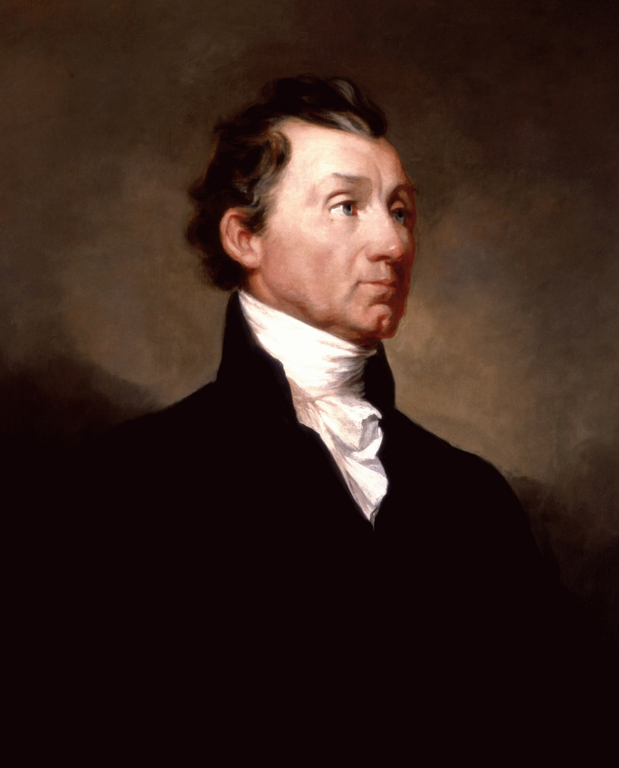
James Monroehttps://scottishritenmj.org/blog/james-monroe-freemason (1817–1825)
Member of Williamsburg Lodge No. 6, Virginia. His era's Monroe Doctrine may reflect Masonic ideals of enlightened expansionism.

Andrew Jacksonhttps://thenashvillecitycemetery.org/andrew_jackson_pallbearer.pdf (1829–1837)
Past Master of Harmony Lodge No. 1, Tennessee. Jackson's populist rule masked deeper fraternal networks shaping banking and Indian policies.

James Polkhttps://www.wln20.org/masonic-presidents (1845–1849)
Member of Columbia Lodge No. 31, Tennessee. His aggressive territorial grabs, like the Mexican-American War, echo Masonic visions of manifest destiny.

James Buchananhttps://magazine.pamasons.org/article/james-buchanan-the-president-and-the-mason/ (1857–1861)
Past Master of Lodge No. 43, Pennsylvania. Buchanan's inaction on secession hints at internal Masonic divisions over the Union's fate.

Abraham Lincolnhttps://freemasonry.bcy.ca/biography/wannabe/lincoln_a.html (1861–1865)
Alleged interest, not a confirmed member. Rumors persist of covert Masonic protection during the Civil War's darkest hours.

Andrew Johnsonhttps://scottishritenmj.org/blog/united-states-presidents-freemasons (1865–1869)
Member of Greeneville Lodge No. 119, Tennessee. As Lincoln's successor, his Reconstruction policies may have been swayed by Southern Masonic loyalties.
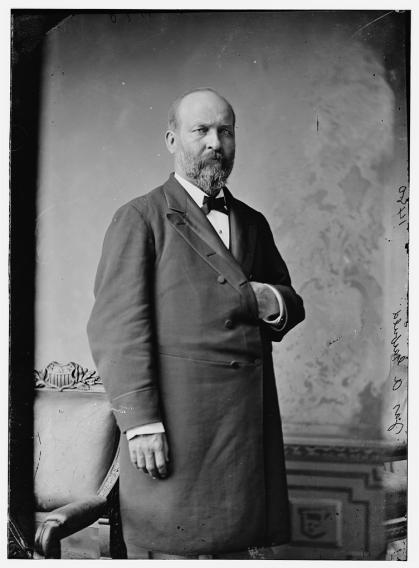
James Garfieldhttps://www.freemason.com/ohio-masonry-us-presidency/ (1881)
Member of Magnolia Lodge No. 20, Ohio. His brief tenure ended in assassination, sparking theories of Masonic intrigue gone awry.
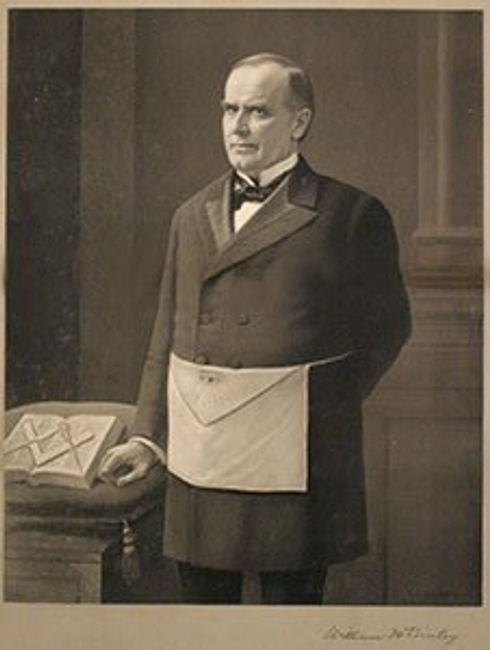
William McKinleyhttps://scottishritenmj.org/blog/president-william-mckinley-freemason (1897–1901)
Member of Hiram Lodge No. 21, Ohio. McKinley's imperial policies aligned with Masonic globalist undertones.

Theodore Roosevelthttps://www.freemason.com/teddy-roosevelt-freemason/ (1901–1909)
Member of Matinecock Lodge No. 806, New York. Roosevelt's "big stick" diplomacy carried the weight of fraternal resolve.

William Tafthttps://www.freemason.com/ohio-masonry-us-presidency/ (1909–1913)
Made a Mason "at sight" in Cincinnati, Ohio. Taft's judicial legacy intertwined with Masonic jurisprudence.
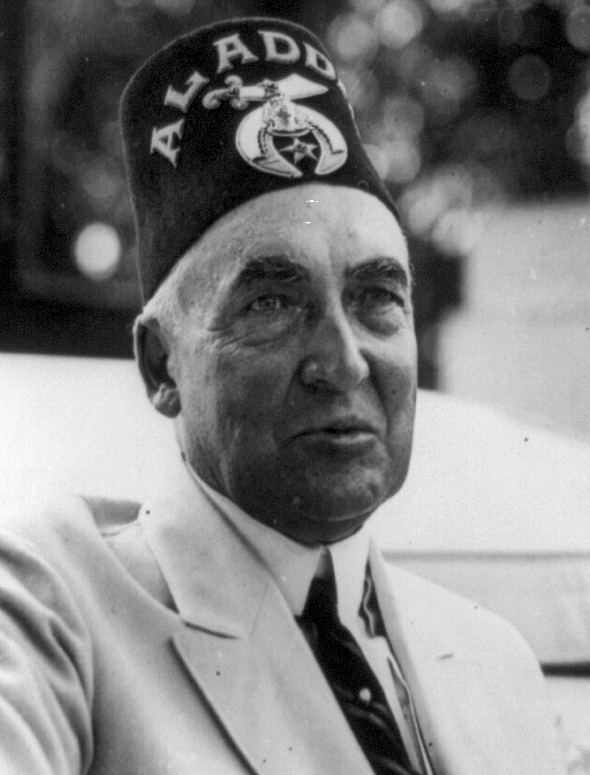
Warren Hardinghttps://www.freemason.com/ohio-masonry-us-presidency/ (1921–1923)
Member of Marion Lodge No. 70, Ohio. Scandals during his term exposed cracks in Masonic solidarity.
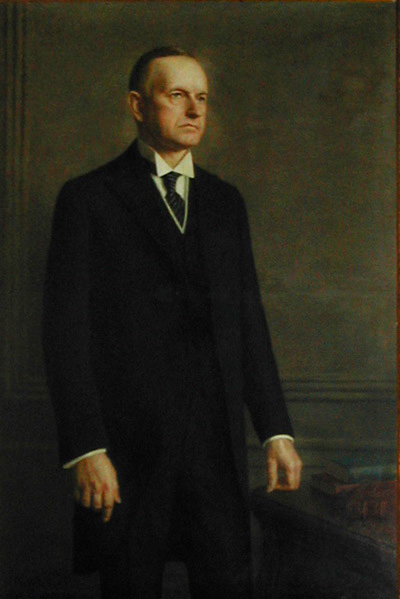
Calvin Coolidgehttps://gwmemorial.org/blogs/news/preparing-to-lay-the-cornerstone (1923–1929)
Alleged Masonic connections, not fully confirmed. Coolidge's laissez-faire economics benefited fraternal business networks.

Herbert Hooverhttp://www.midnightfreemasons.org/2018/02/herbert-hoover-and-freemasonry.html (1929–1933)
Alleged Masonic connections, not fully confirmed. Hoover's engineering mind mirrored the order's architectural metaphors.

Harry Trumanhttps://www.freemason.com/most-worshipful-brother-harry-s-truman/ (1945–1953)
Past Grand Master of Missouri. Truman's atomic decision and NATO formation bore Masonic strategic imprints.
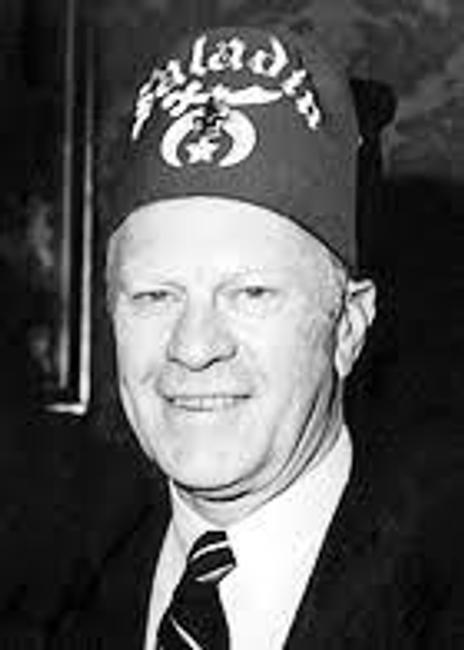
Gerald Fordhttps://en.wikipedia.org/wiki/List_of_presidents_of_the_United_States_who_were_Freemasons (1974–1977)
Member of Malta Lodge No. 465, Michigan. Ford's pardon of Nixon shielded potential Masonic entanglements.
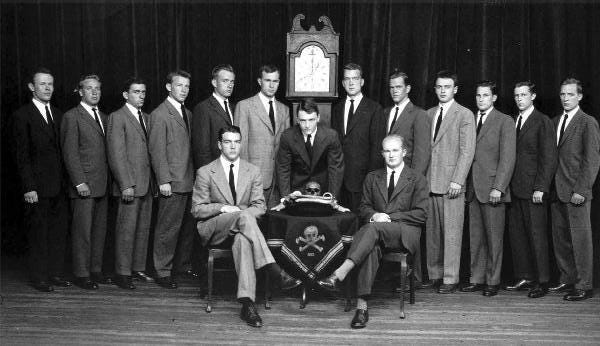
George H. W. Bushhttps://historyfacts.com/famous-figures/article/6-famous-members-of-the-skull-and-bones-secret-society/ (1989–1993)
Skull and Bones, Yale University. Bush Sr.'s New World Order rhetoric evoked elite society blueprints.
Bill Clintonhttps://beademolay.org/hall-of-fame/9/ (1993–2001)
Member of DeMolay International. Clinton's charisma masked youthful ties to Masonic youth orders.

George W. Bushhttps://www.britannica.com/topic/Skull-and-Bones-Yale (2001–2009)
Skull and Bones, Yale University. The post-9/11 era under Bush Jr. amplified secret society control narratives.

Joe Bidenhttps://thecatholicherald.com/article/former-us-president-joe-biden-risks-excommunication-by-joining-freemasons (2021–2025)
Alleged Masonic connections, not confirmed. Biden's gaffes fuel speculation of deeper fraternal oaths.
Other Prominent US Politicians
Beyond presidents, Freemasonry's tendrils extend to key figures who wielded influence in Congress, courts, and beyond. Their affiliations suggest a broader web of control.
| Politician | Role | Affiliation |
|---|---|---|
| Various Influencershttps://totalconspiracy.neocities.org/Pages/Subjects/US_Presidents2 | Senators, Justices, Governors | Explore Masonic ties at totalconspiracy.neocities.org |
Sources
The following sources provide detailed information on Freemasonry and its influence in American politics, including primary documents and historical analyses.
- George Washington: The Mason
- James Monroe: Freemason
- Andrew Jackson: Masonic Connections
- James Polk: Masonic Presidents
- James Buchanan: The President and the Mason
- Abraham Lincoln: Masonic Interest
- Andrew Johnson: Freemasons in Presidency
- James Garfield: Ohio Masonry
- William McKinley: Freemason
- Theodore Roosevelt: Freemason
- William Taft: Ohio Masonry
- Warren Harding: Ohio Masonry
- Calvin Coolidge: Masonic Connections
- Herbert Hoover: Freemasonry
- Harry Truman: Most Worshipful Brother
- Gerald Ford: Freemasons List
- George H. W. Bush: Skull and Bones
- Bill Clinton: DeMolay International
- George W. Bush: Skull and Bones
- Joe Biden: Alleged Masonic Connections
- Other Prominent US Politicians